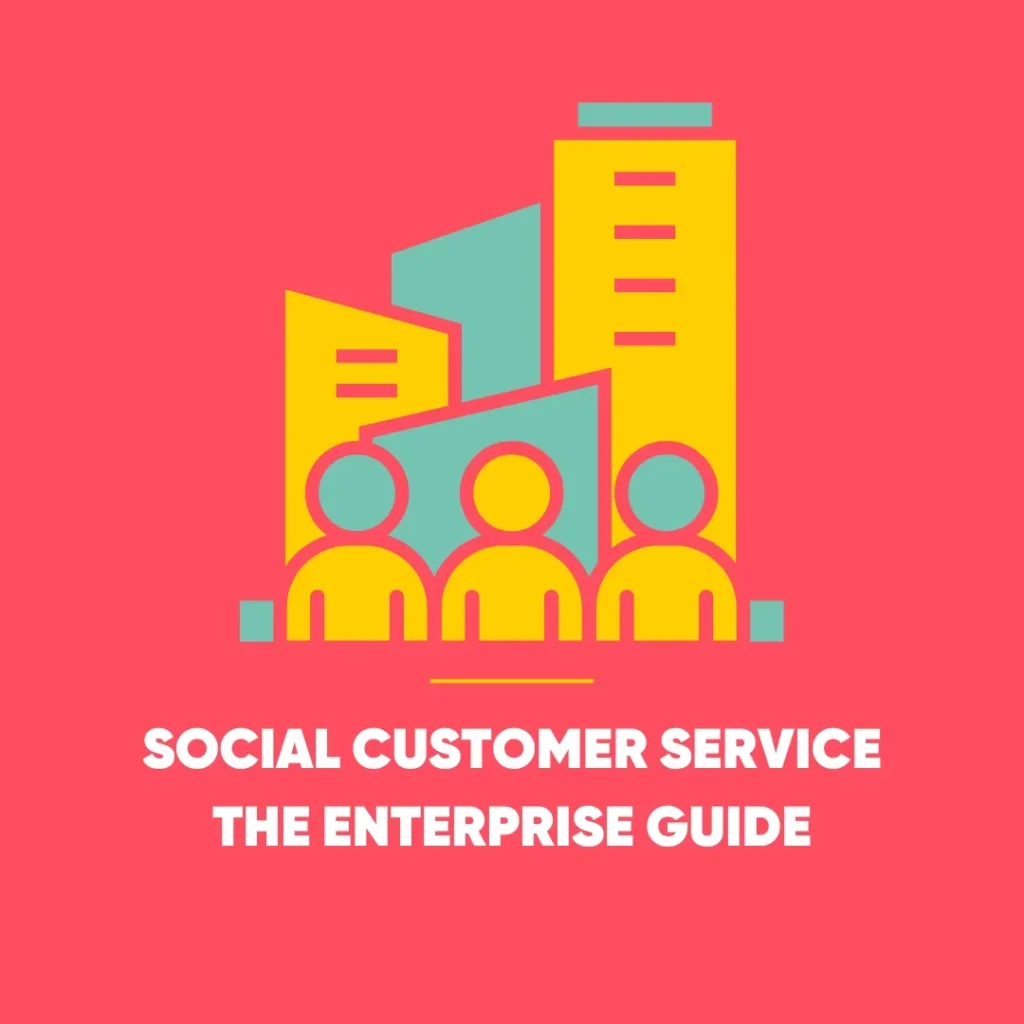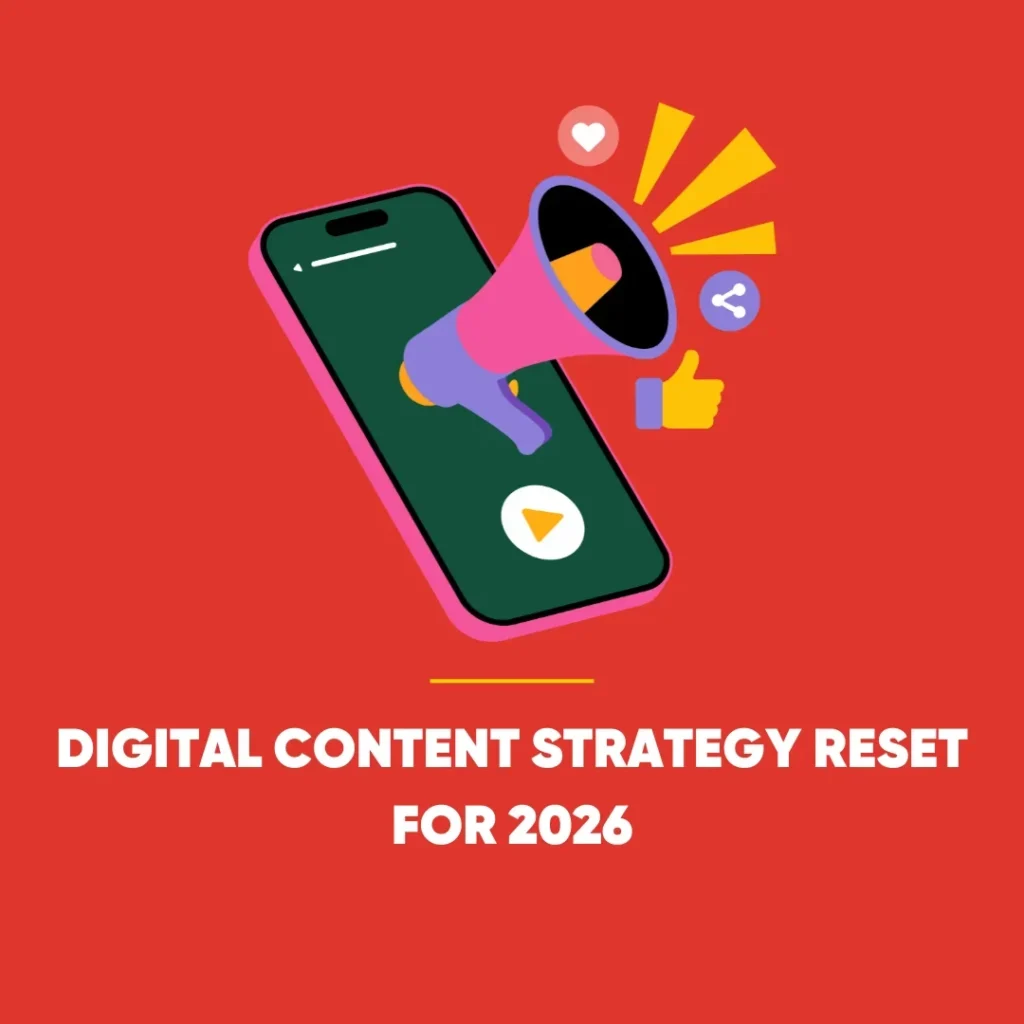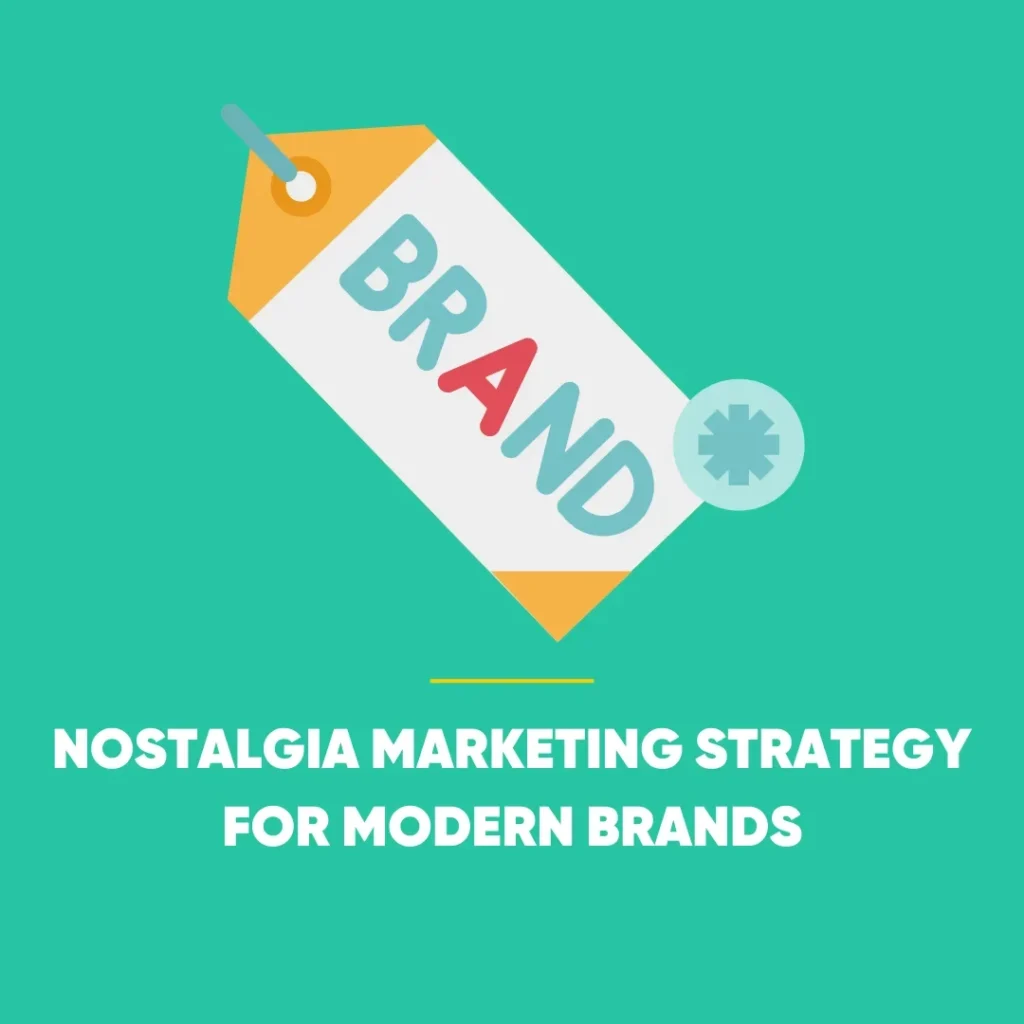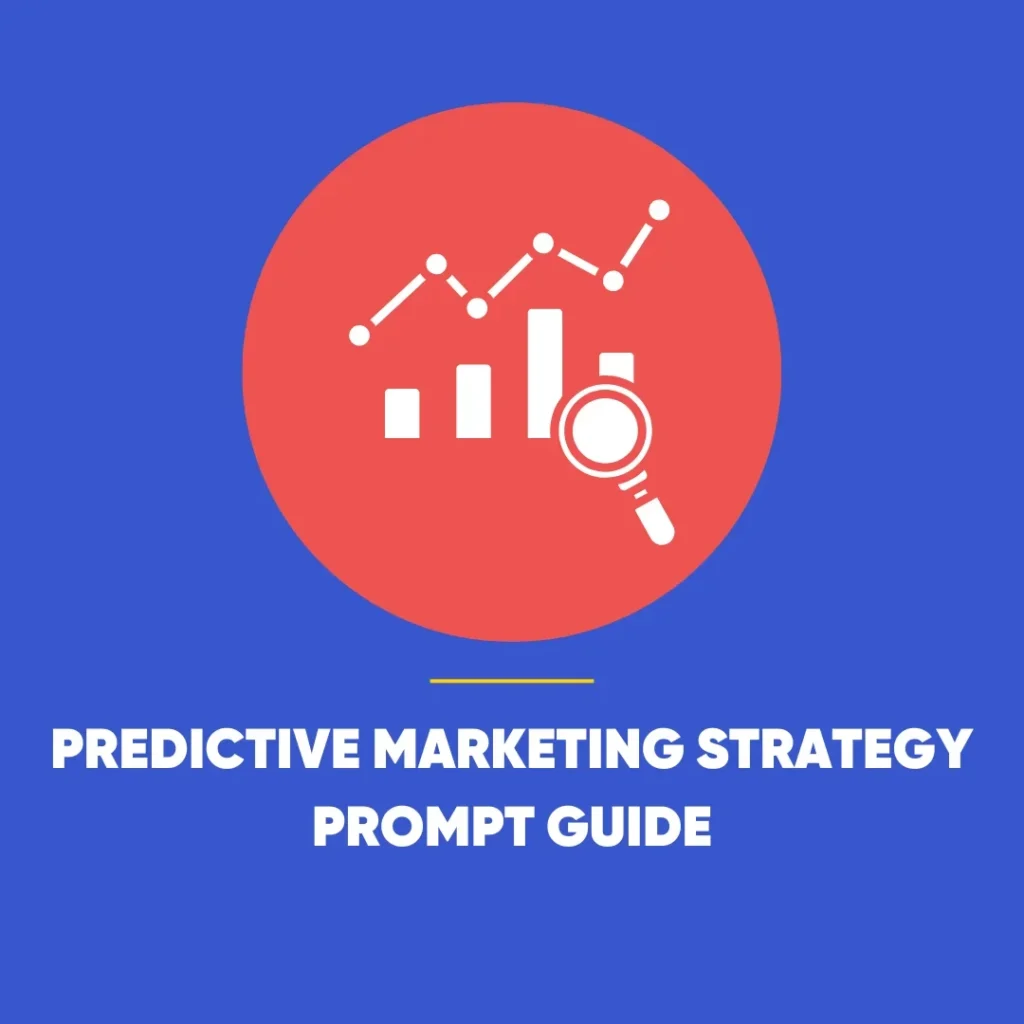User-Generated Marketing: Driving Authentic Engagement
In today’s marketing landscape, user-generated marketing is one of the most effective ways to drive product interest and boost revenue. When used correctly, it can create a powerful ripple effect, enhancing engagement and growing your social media following in a natural, organic way. But what makes UGC so effective?
The answer is simple: trust. Consumers are more inclined to trust content created by their peers than traditional advertising. This shift means that your customers’ voices are often more impactful than your brand’s own messages.
In this guide, we’ll explore the nuances of UGC, how to leverage it for growth, and the strategies to maximise its potential for your brand.
What is User-Generated Content?
User-generated marketing refers to content like photos, reviews, or videos created by individuals, not companies. Think of it as digital word-of-mouth.
For example, imagine you visit a café, snap a picture of your coffee, and post it on Instagram, tagging the café. That’s UGC. It’s the digital equivalent of a personal recommendation. One noteworthy example is when a Starbucks customer shares a photo of their dog enjoying its first “Pupcup,” thus promoting the brand in an organic, personal way. This kind of content can be incredibly influential, building trust and authenticity that drives conversions.
Why User-Generated Content Matters
UGC is highly effective because it embodies authenticity. People tend to trust organic, unsponsored content far more than polished, branded messaging. A positive review from a customer feels more genuine than a traditional ad, and this trust directly impacts buying decisions. Let’s explore the various types of UGC and how you can use them to your advantage.
Types of User-Generated Content
UGC comes in many forms, each offering unique advantages. Below, we will outline some of the most common types of UGC and explain how they can be used to boost your brand.
1. Photos
Visual content holds incredible power. When potential customers can see real-life examples of your product, it helps them make informed decisions. For instance, when shopping for a hotel or new shoes, many people will check out user photos to see what the product or service really looks like.
One brand that excels at leveraging UGC is Aerie, a clothing company that encourages body positivity. Customers share photos of themselves wearing Aerie products, which the brand then showcases across its platforms. By doing this, Aerie creates an inclusive image that resonates with its target audience.
To maximise the impact of UGC photos, ensure that the images are high-quality and reflect your brand’s values. Subsequently, sharing these photos on visual platforms like Instagram or Pinterest, accompanied by relevant hashtags, can increase your visibility.
Sources of UGC Photos:
- Customers: Encourage your customers to share their experiences by posting photos and tagging your brand.
- Influencers: Collaborating with influencers in your niche can expand your reach and provide you with high-quality UGC.
- Employees: Don’t overlook your own staff as a source of UGC. Photos from behind the scenes can offer a glimpse into your company culture, which may help attract both customers and future employees.
2. Videos
Video content has seen explosive growth in recent years, with 91% of businesses using it as part of their marketing strategies. The problem is, creating video content can be time-consuming and resource-heavy. This is where user-generated marketing videos shine.
UGC videos often come in the form of product reviews, demonstrations, or unboxing videos. YouTube is a treasure trove of user-generated video content, where creators like HopeScope frequently post comparison videos, such as testing the best and worst products from Sephora. These videos provide viewers with valuable insights that may influence their purchasing decisions.
If you want to encourage more UGC videos, focus on the platforms your audience uses most. For example, over 75% of US adults spend up to two hours a day watching short-form videos on mobile devices, so platforms like Instagram Reels or TikTok are excellent avenues for user-generated videos.
3. Testimonials and Reviews
Customer testimonials and reviews are some of the most trusted forms of UGC. In fact, they offer authentic social proof, showing potential customers that your product or service delivers on its promises. If you aren’t already collecting testimonials, you’re missing out on one of the most effective marketing tools available.
How to Collect Testimonials:
- Reach out to satisfied customers: After a purchase, ask your customers for a short paragraph describing how your product has benefited them.
- Use feedback forms: Send feedback requests via email or include them in the post-purchase process.
- Monitor your social channels: Positive comments on platforms like Instagram, Facebook, and TikTok can be turned into testimonials, but always ask for permission before using them.
With 89% of consumers reading reviews before making a purchase, encouraging your customers to leave reviews is crucial. Platforms like TrustPilot can help in gathering honest feedback from real users, which you can then integrate into your marketing materials.
4. Organic Mentions
Organic UGC happens naturally when customers share their love for your product online. Whether it’s a blog post, podcast, or social media mention, organic UGC is like free advertising. For example, Fussy, a sustainable deodorant brand, benefits from customers organically sharing their experiences with the product on social media.
Brands should always engage with this content by thanking customers for their posts and asking if they can share it on their platforms. This not only boosts brand visibility but also builds a stronger connection with your audience.
The Advantages of Leveraging Customer Content
User-generated content offers numerous advantages, from increasing authenticity to saving your marketing team time and resources. Here are some of the key benefits:
UGC is Authentic
In today’s consumer landscape, people buy from brands they trust. According to a recent survey by IPSOS, 69% of consumers prefer to purchase from companies that share their values. UGC helps convey that your brand is trustworthy by providing real-life examples of satisfied customers.
When potential customers see real people enjoying your products, it humanises your brand. In a way, UGC is the modern equivalent of word-of-mouth marketing, but on a much larger scale.
UGC Saves Time and Money
Creating high-quality content for social media can be time-consuming and costly. Between planning, shooting, editing, and posting, the hours can quickly add up. User-generated content helps alleviate these challenges by allowing your customers to create content for you.
This strategy not only saves time but also cuts costs. Paying for a social media campaign can be expensive, but UGC is often free. The content is already out there, waiting for you to share it with your audience. And with proper permission, UGC can be repurposed across various marketing channels, from social media to email newsletters.
UGC Builds Loyalty
User-generated marketing builds trust, which is the foundation of customer loyalty. A survey found that 70% of consumers believe trust has become more important than ever. UGC plays a pivotal role in fostering that trust.
By engaging with customers who share UGC, you create a sense of community. For example, GoPro encourages its users to post their videos with the hashtag #goprofamily, building a loyal base of customers who are emotionally invested in the brand.
How to Encourage User-Generated Content
Getting your customers to create UGC doesn’t have to be complicated. With the right approach, you can inspire them to share their experiences and help promote your brand.
Timing is Everything
Encouraging UGC starts with understanding the buyer’s journey. At what point are your customers most excited about your product? Common touchpoints include:
- Right after purchase: Customers may be eager to share their new purchase with their social networks.
- Unboxing experiences: Unboxing videos are incredibly popular, and they offer an opportunity for customers to share their first impressions.
- Seeing results: If your product delivers on its promise, customers are likely to post about their satisfaction.
To maximise these touchpoints, consider adding social share buttons on your checkout page or sending a follow-up email asking customers to leave a review.
Incentivise UGC
One effective way to encourage UGC is through competitions. For example, you can ask your audience to create content related to your brand, offering a prize for the best submission. This method not only generates UGC but also increases brand awareness.
In 2023, DHL ran a UGC competition that successfully encouraged users to submit content, which the brand then repurposed for its promotional campaigns. Competitions like these help create buzz around your brand and can produce a wealth of user-generated content for future use.
Host Shareable Events
Creating unique, shareable events is another great way to encourage UGC. Whether it’s an in-store experience or an online activation, events offer customers an opportunity to engage with your brand and share their experiences.
Primark, for example, hosted a pop-up event where customers were invited to become “fashion influencers for a day.” Events like these provide ample opportunities for attendees to share their experiences on social media, amplifying your brand’s reach in the process.
How to Incorporate User-Generated Content Into Your Marketing Strategy
Once you’ve gathered a solid collection of UGC, the next step is incorporating it into your overall marketing strategy. Here are some tips on how to make the most of your user-generated content.
1. Set Clear Goals
Before diving into your UGC campaign, it’s essential to define what you hope to achieve. Are you looking to increase brand awareness? Drive conversions? Enhance customer engagement? All in all, your goals will dictate how you use the content.
For example, GoPro’s UGC strategy revolves around showing the many ways their cameras can be used. By encouraging users to share their experiences, GoPro has built a library of organic content that showcases their product’s versatility.
2. Repurpose UGC
UGC can be used in a variety of ways across multiple platforms. For example:
- Social Media: Share user-generated content on platforms like Instagram or Twitter. Be sure to credit the original creator.
- Email Marketing: Integrate UGC into your email newsletters to provide social proof.
- Product Pages: Add user photos and reviews to your product pages to help potential buyers make informed decisions.
The beauty of UGC is that it provides a wealth of content that can be repurposed across numerous channels, ensuring your brand stays top of mind.
3. Monitor Performance
Once you’ve incorporated UGC into your marketing strategy, it’s crucial to track its performance. Which types of content are resonating most with your audience? What platforms are delivering the best results?
By continuously monitoring and refining your approach, you can ensure that your UGC campaign remains effective and aligned with your business goals.
Conclusion
In conclusion, user-generated content is a powerful tool for building brand trust, engaging with your audience, and driving conversions. Its authenticity and relatability make it a highly effective form of marketing, allowing customers to become advocates for your brand. By encouraging UGC, you tap into a wealth of content that can be repurposed across your marketing efforts, helping to save time and money while boosting brand loyalty.
To make the most of UGC, focus on fostering community engagement, incentivising participation, and repurposing content across multiple platforms. With the right strategy, user-generated content can become an integral part of your marketing success.









